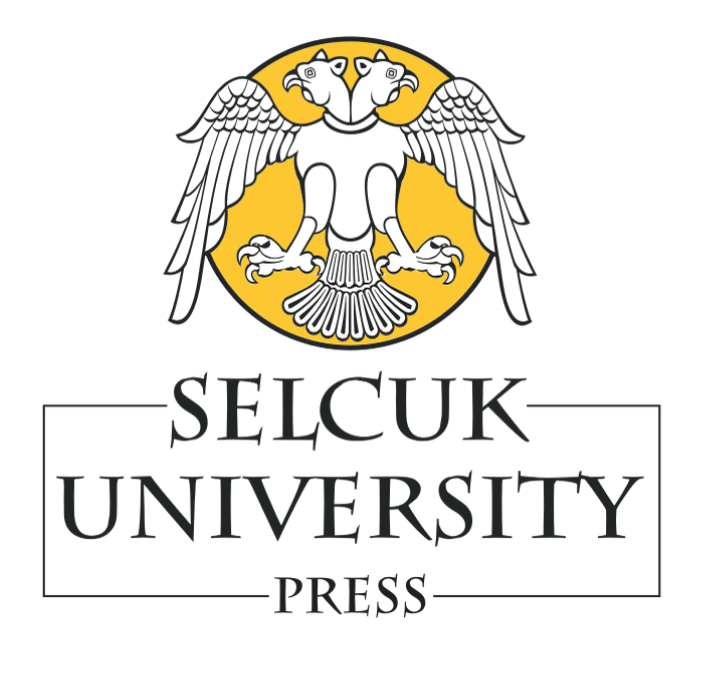| 2018, Cilt 34, Sayı 2, Sayfa(lar) 123-130 | |
| [ Özet ] [ PDF ] [ Benzer Makaleler ] [ Yazara E-Posta ] [ Editöre E-Posta ] | |
| Fertility and milk yield traits of different origins of Holstein cattle 2. Milk yield traits | |
| Kürşat Alkoyak1, Orhan ÇETİN2 | |
| 1Gıda, Tarım ve Hayvancılık Bakanlığı, Tarımsal Araştırmalar ve Politikalar Genel Müdürlüğü, Ankara, Türkiye 2Selçuk Üniversitesi, Veteriner Fakültesi Zootekni Anabilim Dalı, Konya, Türkiye |
|
| Keywords: Environmental factors, Holstein cattle, milk yield | |
| Abstract | |
Aim: In this study, it was aimed to determine the milk yield traits
together with environmental effects on different Holstein
breed reared in Kırşehir. Materials and Methods: The material used in the study was comprised of the yield data of the pregnant Holstein heifers and their calves imported from the USA and Estonia. In the study, records of 263 cows (118 from USA, 145 from Estonia) for milk production was analyzed. Totally 495 lactation records were analyzed. Results: As for milk yield traits; the resuts of gestation lenght, actual and 2 x 305 d milk yield, dry period length were 352±3.85 d, 8986±113 kg and 7004±67.4 kg, 61.6±0.6 d for all cows; 370.7±10.1 d, 9034±295 kg and 6738±161 kg, 60.78±1.37 d for Estonian Holsteins; 296.1±15.1 d, 8383±441 kg and 7450±240 kg, 57.87±2.06 d for USA Holsteins. The origin of cows and age at the begining of the lactation during lactation period (P<0.001 and P<0.05), lactation number with actual milk yield (P<0.01), origin of cows and year of lactation with 2 x 305 d milk yield (P<0.001 and P<0.05), lactation number and dry period length were found significant (P<0.05). Conclusion: It can be concluded from this study that USA Holsteins are preferable to Estonian Hosteins in terms of milk production in intensive Holstein breeding in Kırsehir region of Turkey. |
|
| [ Başa Dön ] [ Özet ] [ PDF ] [ Benzer Makaleler ] [ Yazara E-Posta ] [ Editöre E-Posta ] | |





